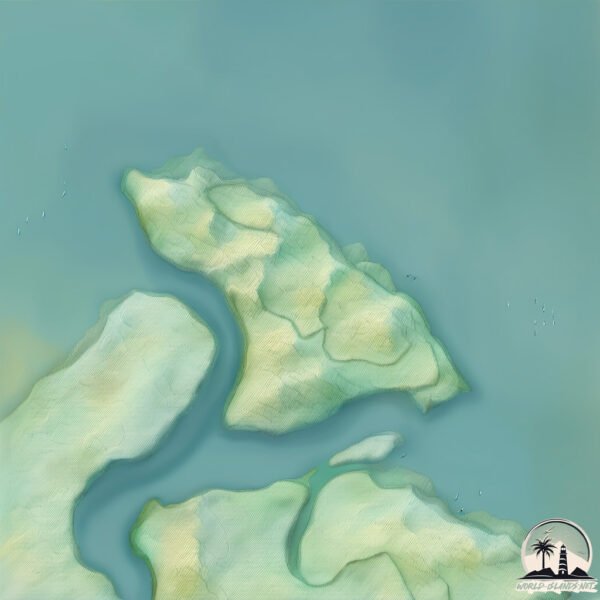Welcome to Chiloane , a Tropical island in the Mozambique Channel, part of the majestic Indian Ocean. This guide offers a comprehensive overview of what makes Chiloane unique – from its geography and climate to its population, infrastructure, and beyond. Dive into the details:
Geography and size of Chiloane
Size: 16 km²Coastline: 41.6 kmOcean: Indian OceanSea: Mozambique ChannelContinent: Africa
Chiloane is a Medium Island spanning 16 km² with a coastline of 42 km.
Archipel: –
Tectonic Plate: Australia – A major tectonic plate covering Australia, New Zealand, and parts of the Indian and Pacific Oceans, known for its relative stability and occasional seismic activity.
The geographic heart of the island is pinpointed at these coordinates:
Climate and weather of Chiloane
Climate Zone: TropicalClimate Details: Tropical Savanna, WetTemperature: Hot
Climate Characteristics: Defined by distinct wet and dry seasons with high temperatures year-round. Pronounced rainfall occurs during the wet season, while the dry season is marked by drought.
Topography and nature of Chiloane
Timezone: UTC+02:00Timezone places: Africa/JohannesburgMax. Elevation: 8 m Mean Elevation: 4 mVegetation: Mangrove ForestTree Coverage: 19%
The mean elevation is 4 m. The highest elevation on the island reaches approximately 8 meters above sea level. The island is characterized by Plains: Flat, low-lying lands characterized by a maximum elevation of up to 200 meters. On islands, plains are typically coastal lowlands or central flat areas.
Dominating Vegetation: Mangrove Forest
Vegetation: 12 vegetation zones – Exceptionally Diverse Island
Infrastructure and Travelling to Chiloane
Does the island have a public airport? no .
Does the island have a major port? no .
The mean population of Chiloane is 8 per km². Chiloane is Gently Populated. The island belongs to Mozambique .
Continuing your journey, Bazaruto is the next notable island, situated merely km away.
'Shocking that it might be family member arrested for killing the two Soweto boys'
A memorial service for two Soweto boys will be held this afternoon. The Gauteng Education MEC, Matome Chiloane will attend ...
'Shocking that it might be family member arrested for killing the two Soweto boys'
A memorial service for two Soweto boys will be held this afternoon. ...
A memorial service for two Soweto boys will be held this afternoon. The Gauteng Education MEC, Matome Chiloane will attend ...
Well wishers outside hospital as Mandela continues treatment
(5 Jul 2013) SHOTLIST AP TELEVISION 1. Wide of well-wishers carrying ...
(5 Jul 2013) SHOTLIST AP TELEVISION 1. Wide of well-wishers carrying balloons, gathering outside Mediclinic Heart Hospital 2.
Bravehearts 2CC Radio interview re national sex offender register
Bravehearts criminologist Carol Ronken talks to 2CC in Canberra about ...
Bravehearts criminologist Carol Ronken talks to 2CC in Canberra about a national sex offender register.
Mozambique is classified as Least developed region: Countries that exhibit the lowest indicators of socioeconomic development, with the lowest Human Development Index ratings. The level of income is Low income.
News – Latest Updates and Headlines from Chiloane
Stay informed with the most recent news and important headlines from Chiloane. Here’s a roundup of the latest developments.
Loading...
Please note: The data used here has been primarily extracted from satellite readings. Deviations from exact values may occur, particularly regarding the height of elevations and population density. Land area and coastline measurements refer to average values at mean high tide.

